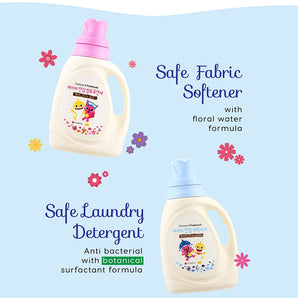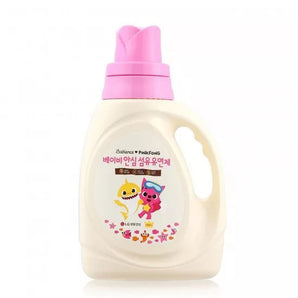As a new parent, you must read more information for the first 7 years of your children's life. How to teach your child, bonding together, communication and others, including protecting them. When a baby, a common kid is attractive. Try one thing, then try the other, then explore the other one. It's common to do by baby that is good for their developing skills, motoric, and cognitive. Our task as a parent is to protect them when they are exploring. Actually, it will be useful for a new parent to add a new insight in growing up in the kids' era. Here are childproofing tips that you must know!

What is Childproofing Meaning?

Childproofing meaning a process of making a living space safe and secure for children, by identifying and mitigating potential hazards or dangers. The primary goal of childproofing is to create an environment that minimizes the risk of accidents, injuries, and harm to children as they explore their surroundings and grow. This involves implementing various safety measures, modifications, and precautions to ensure that the home is suitable and conducive for the kid's well-being and development.
It also typically involves actions, such as, securing furniture to prevent tipping, installing safety gates to block access to stairs or hazardous areas, using cordless window coverings, locking cabinets containing potentially harmful substances, and implementing safety measures in the kitchen and bathroom. So, for it you need childproofing your home in the right way.

How to Childproof Your Home?
Childproofing your home involves a series of steps to ensure a safe and secure environment for your kid. As a parent, you need to make a childproofing checklist that helps you to make sure of it. We have compiled the best childproofing checklist that you need to know:

- First, you need to identify hazards. Crouch down to your kid's eye level and scan the room for potential dangers. Look for sharp furniture corners, low-lying objects that can be pulled down, and any items within reach that could pose choking hazards.
- Don't forget to use furniture straps or anchors to attach heavy furniture to the wall. This prevents items like bookshelves and TVs from tipping over if your kid tries to climb on them.
- Then, install safety gates at the top and bottom of staircases, and in doorways leading to hazardous areas like the kitchen. Choose gates that are securely mounted and not easily pushed aside.
- Next, install childproof locks on cabinets and drawers that contain cleaning supplies, medications, or potentially harmful items. Magnetic or adhesive locks are popular choices.
- Regularly scan your home for small objects that could be swallowed. Be cautious with small toys, buttons, coins, and keep these items out of reach.
- Then the other crucial thing is to place rugs or cushions in areas where your child might crawl, cruise, or play to cushion falls and minimize injuries.
- Lastly, install smoke detectors and carbon monoxide detectors on every level of your home. Use a fireplace screen or gate to prevent burns, and consider installing childproof locks on heaters.

Besides you do these steps, you need to know childproofing products that are good quality to use. Then, don't forget to give toys that can improve your kid's skill as well. Let's check the Smart Kiz website to get the best product and price!







